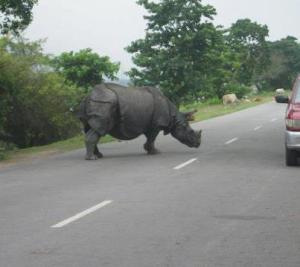This is perhaps one of the most informal blogs that Tailwaggers has published. Nevertheless I hope that our readers will enjoy it. So yesterday while I was on my regular walk I saw a lady walking ahead of me cringe at the sight of two young dogs that were coming at the passersby wagging their tails in anticipation for a pat or a treat. This happens a lot as there are quite a few compassionate residents who feed these dogs. Although they are extremely friendly yet many people especially ladies get scared upon their approach. These pups and their mother are especially familiar with me as our Tailwaggers team got them vaccinated when they were but few months old. The thought that crosses my mind whenever I see them is that how much more love I am getting in my life apart from what I get from my family and my own lovely dog. I know that all my fellow animal lovers will agree with this fact. I feel sad for those who cringe at the sight of these street dogs because they are losing on so much extra love that we all need in our stressful lives. I also for the fact cannot understand the mentality of the people who are biased towards the breed dogs. Anyways for the time being I will leave you with some of the pictures of these lovely mother and her two sons.
Related articles
- Guide To Adopting A Dog From A Shelter (losangeles.cbslocal.com)
- Chicken Soup Book for Dog Lovers Sweepstakes (sweeptight.com)










